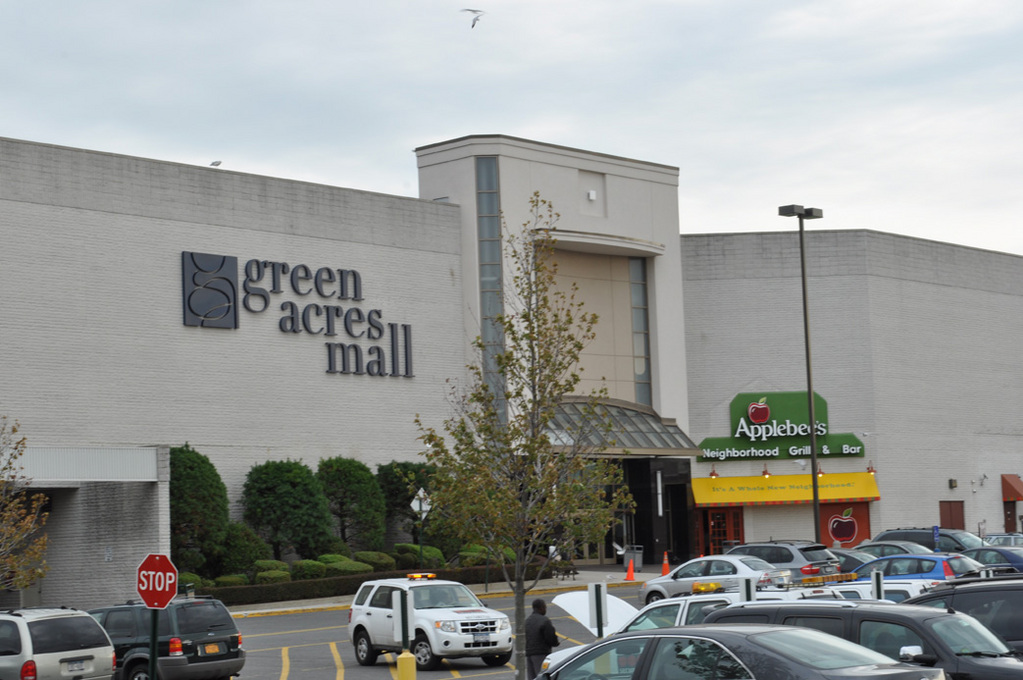School merger would be only a tax benefit for some
While many school district leaders want consolidation studied for educational purposes, a merger of Valley Stream’s four districts would likely have an impact on people’s taxes — some for the better and some for the worse.
There is a disparity in the amount of money homeowners in the three elementary school districts pay in taxes. District 30 has the Green Acres Mall, numerous car dealerships along West Merrick Road and an abundance of other commercial property, which accounts for more than half of the tax dollars. However, residents in District 13 pick up most of their school bill.
That means if Valley Stream’s school districts consolidated, District 13 residents would have the most to gain from a tax standpoint, and District 30 homeowners would have the most to lose, as District 13 could tap into the commercial base of its elementary counterparts.
During a consolidation study in the mid-1990s, it was estimated that a District 13 homeowner with a $200,000 home would save more than $70 a year on their school taxes, while a homeowner in District 24 would pay $213 more and $391 more annually in District 30.
The tax impact today would not be known until a study is completed, school officials say, but they know there will be some change. Elise Antonelli, president of the District 30 Board of Education, said the perception is that consolidation would result in higher taxes in District 30 and she isn’t sure that perception is incorrect. “Without having done the economics, I think it makes sense that that is true,” Antonelli said. “Taxes are important. We do have a large base.”
Antonelli said despite the potential negative tax impact, the District 30 Board of Education is looking into a consolidation study to see what there is to be gained by merging the four districts. However, she noted, those education benefits do have to be weighed against the financial impact on homeowners.
In District 30, about 54 percent of the tax levy is picked up by commercial property and utilities. That leaves less than half of the tax burden on single family homes, condominiums and other housing units. District 24 is turned the other way with 54 percent of taxes paid by homeowners.
But the greatest discrepancy is with District 13. Residents pay 91 percent of the district’s tax levy, with only 9 percent paid by commercial property and utilities. The district also has much tax-exempt land in its borders, including the 97-acre state park, Hendrickson Park, Firemen’s Field, Franklin Hospital and three of the four high school district buildings.
District 13 Superintendent Dr. Elizabeth Lison said that a large commercial tax base has its advantages and disadvantages. For example, she said, while District 30 reaps great tax benefits from the Green Acres Mall, she hears about the problems that come with living near the mall such as traffic and noise. District 13 residents benefit from living in a mostly residential area, Lison explained, but pay about $750 more per year in elementary school taxes.
Michelle D’Elia, a District 13 resident, said as a PTA leader she sees the equity in having one district and one tax rate. However, she acknowledges that she understands the perspective of a District 30 homeowner who might have to pay higher taxes if the districts were to consolidate. “We have very little commercial,” she said. “It would be great for us but it wouldn’t be so great for them.”
D’Elia said that she doesn’t think consolidation will happen because the commercial revenue that Districts 24 and 30 receive are incentive enough for those residents to want to keep the status quo.

 58.0°,
Partly Cloudy
58.0°,
Partly Cloudy 




